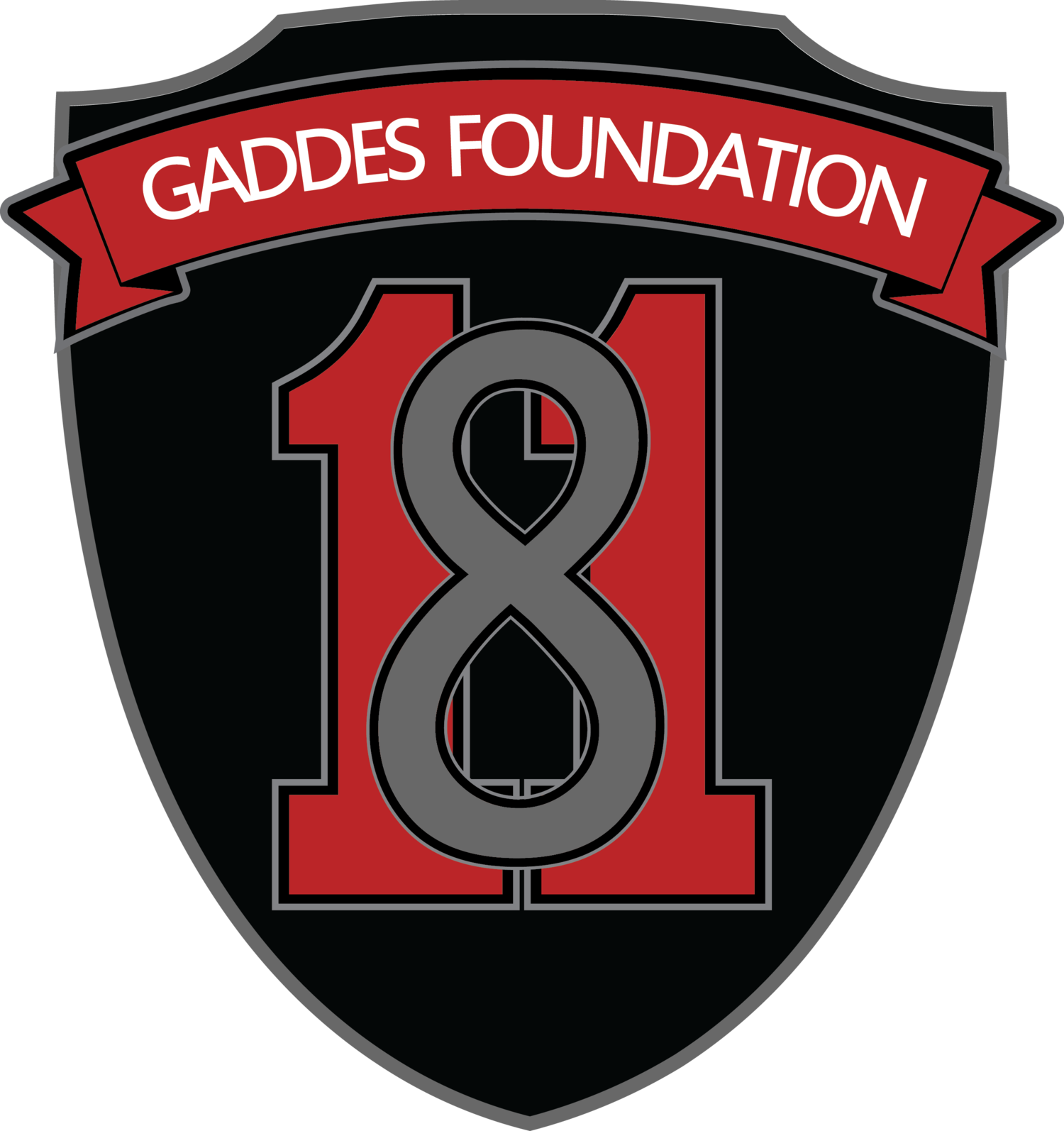Article by: GLENN JORDAN Photographer: JULIETTE LYNCH
WENHAM, Mass. — It was the first night of a preseason training camp at a retreat in the Adirondack Mountains for the Gordon College cross-country teams.
Dinner dishes were cleared. Runners gathered in one large room. Normally, this would be the time for one of the captains to share a personal story, following the example set by Coach Patrick Rich the previous evening back on campus.
Instead, it was an 18-year-old freshman from Falmouth who took the lead.
Abbey Mitchell looked around at the unfamiliar faces and tried not to appear nervous. Six months earlier, the possibility of competing in college athletics had seemed absurd.
“I have cystic fibrosis,” she said.
The room got quiet. It’s a disease, she explained, that primarily affects the lungs and the digestive system. When she catches a cold, it takes her longer to recover than most people.
She paused.
“I don’t let it stop me from doing anything.”
About 30,000 children and adults in the United States have the genetic disorder, according to the Cystic Fibrosis Foundation. In the United States, it strikes once in about 3,500 births.
Very few of those babies grow up to become college athletes.
Because of a defective gene and its protein product, patients with cystic fibrosis develop thick, sticky mucus in their lungs that can clog airways, inhibit breathing and lead to bacterial infections that may require hospital stays and can permanently damage lung tissue. Pancreatic mucus interferes with natural enzymes that help break down and absorb food.
Common symptoms include persistent coughs, wheezing, shortness of breath and stunted growth. Some patients, Mitchell included, develop cystic fibrosis-related diabetes.
In the 1950s, according to the Cystic Fibrosis Foundation, few children with the disease lived to attend elementary school. Not until 1962 did the predicted median survival age reach 10.
Over the past quarter-century, however, new treatments, better drugs (inhaled antibiotics, medications to thin mucus) and an increasing emphasis on exercise have helped to extend life spans and improve the quality of life for those with cystic fibrosis. More than half of those with the disease in the U.S. are now older than 18. The predicted median survival age rose from 28 in 1992 to 31 in 2002 to 41 in 2012, according to the Cystic Fibrosis Foundation’s National Registry of Patients.
“It used to be that the adult population was much smaller than the pediatric population,” said Mary Ellen Corrigan, a nurse practitioner for Maine Medical Center’s Cystic Fibrosis Center. “Now we have about 150 kids and close to 150 adults in Maine (with cystic fibrosis).”
Dr. Jonathan Zuckerman, director of the adult cystic fibrosis program at Maine Med, said some of his patients are close to retirement age. In 2012, the oldest person with cystic fibrosis in the national registry was 82.
“We’re seeing more and more people who are not looking like CF patients,” he said. “They’re looking like athletes, which is exciting.”

